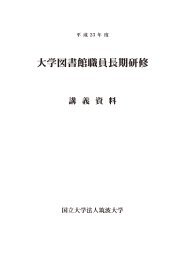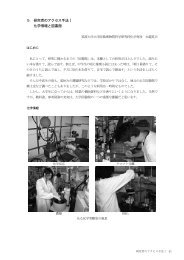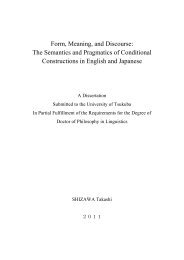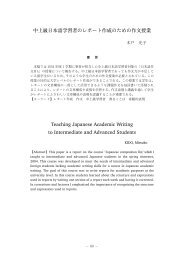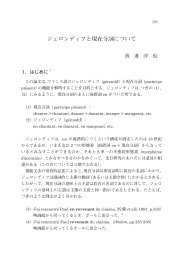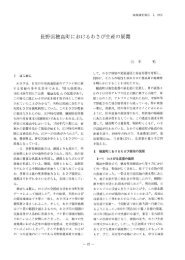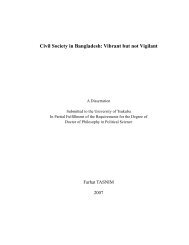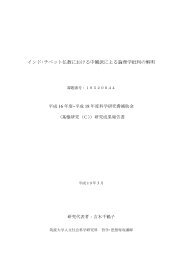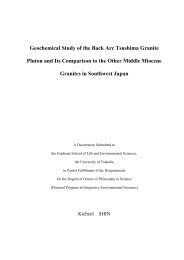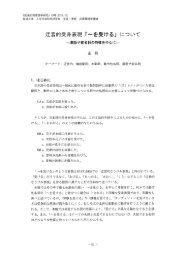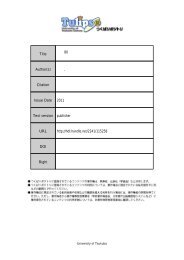Gamma Rays and CarbonIon-Beams Irradiation for Mutation ...
Gamma Rays and CarbonIon-Beams Irradiation for Mutation ...
Gamma Rays and CarbonIon-Beams Irradiation for Mutation ...
You also want an ePaper? Increase the reach of your titles
YUMPU automatically turns print PDFs into web optimized ePapers that Google loves.
<strong>and</strong> transferred to a 50 mL Erlenmeyer containing 20 mL of distilled water.<br />
A vortex was used to promote fast release of conidia into the solution.<br />
Once homogenized, the solution was filtered with 4 layers of gauze <strong>for</strong><br />
collecting the filtrates in a flask (Fig 29, B). The solution was adjusted to<br />
60 mL <strong>and</strong> then a concentration of 1.5 x 10 6 /mL was obtained using a<br />
hemacytometer. Prior to inoculation, the sprayer was calibrated to<br />
determine the amount of solution to use. It was found that 45 mL of<br />
solution was enough to inoculate 87 plants, meaning that each plant was<br />
inoculated by about 0.5 mL of solution.<br />
Be<strong>for</strong>e applying the inoculum to the plants, the old leaves were<br />
removed <strong>and</strong> the newly exp<strong>and</strong>ed leaf was selected <strong>and</strong> marked to be<br />
inoculated. Also the abaxial side of the marked leaf was cleaned using a<br />
soft cotton tissue. Using a small sprayer, the abaxial part of the leaf was<br />
sprayed with the solution in both sides (Fig 29, C). Immediately after the<br />
inoculation, the plants were kept in a dark incubation room <strong>for</strong> 48 hours<br />
adequate <strong>for</strong> the normal development of the fungus (Fig 29, D). The room<br />
provided continuous water aspersions to maintain a high relative humidity.<br />
The room temperature was 26 o C. After incubation, the plants were kept in a<br />
nursery plot <strong>for</strong> one week be<strong>for</strong>e transplanting to the field.<br />
Due to the lack of monosporic cultures of Mycosphaerella<br />
fijiensis Morelet, the method to inoculate the second <strong>and</strong> third leaves was<br />
changed. The method consisted of applying completely diseased leaves<br />
fragments among the plantlets to produce high inoculum pressure. The<br />
leaves were collected from a banana collection located in the Estación<br />
Experimental Tropical Pichilingue, which have been kept without any<br />
chemical control <strong>for</strong> this disease (Fig. 30, A). There<strong>for</strong>e, those leaves are<br />
considered as a potential natural inoculum capable to produce efficient<br />
sporulation pressure to inoculate the plantlets. Leaf-fragments were cut<br />
around 15 x 20 cm (Fig. 30, B) <strong>and</strong> they were sprayed with water prior to<br />
79



